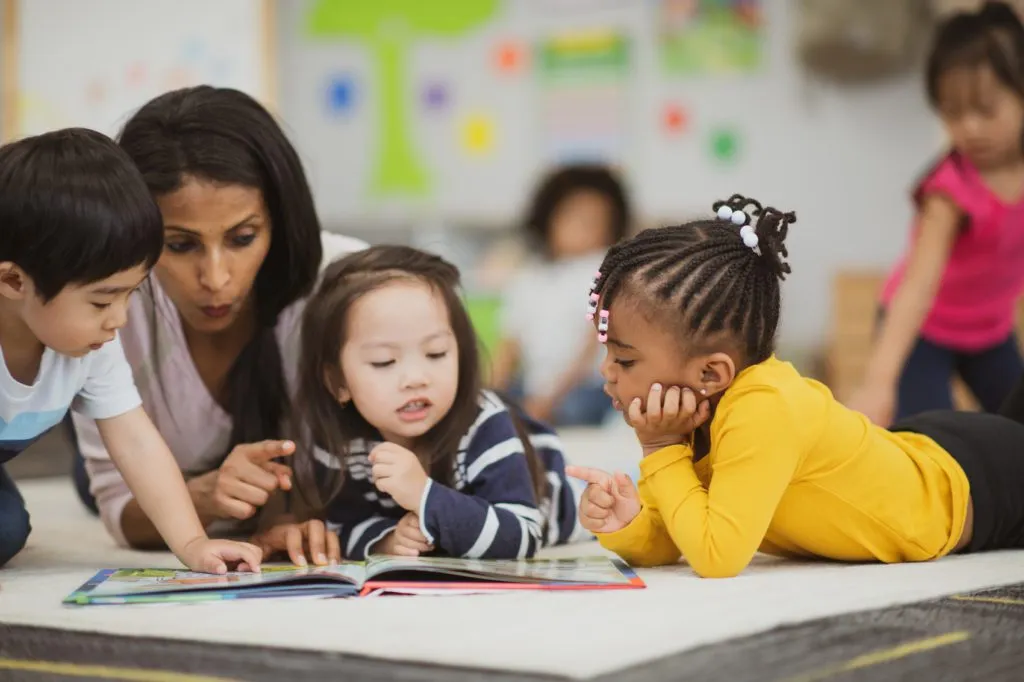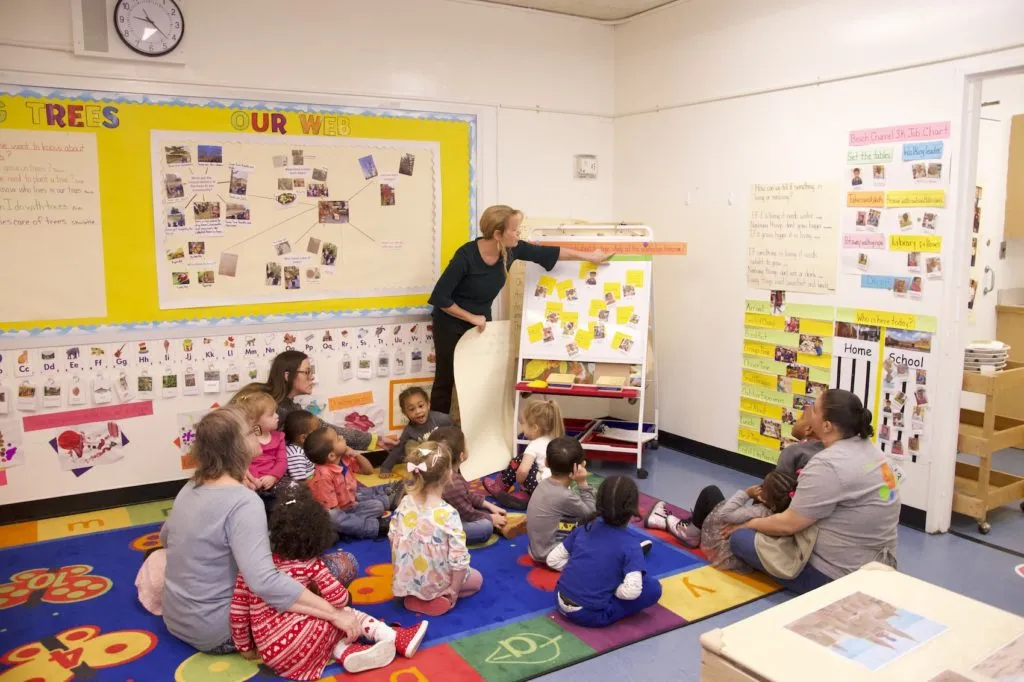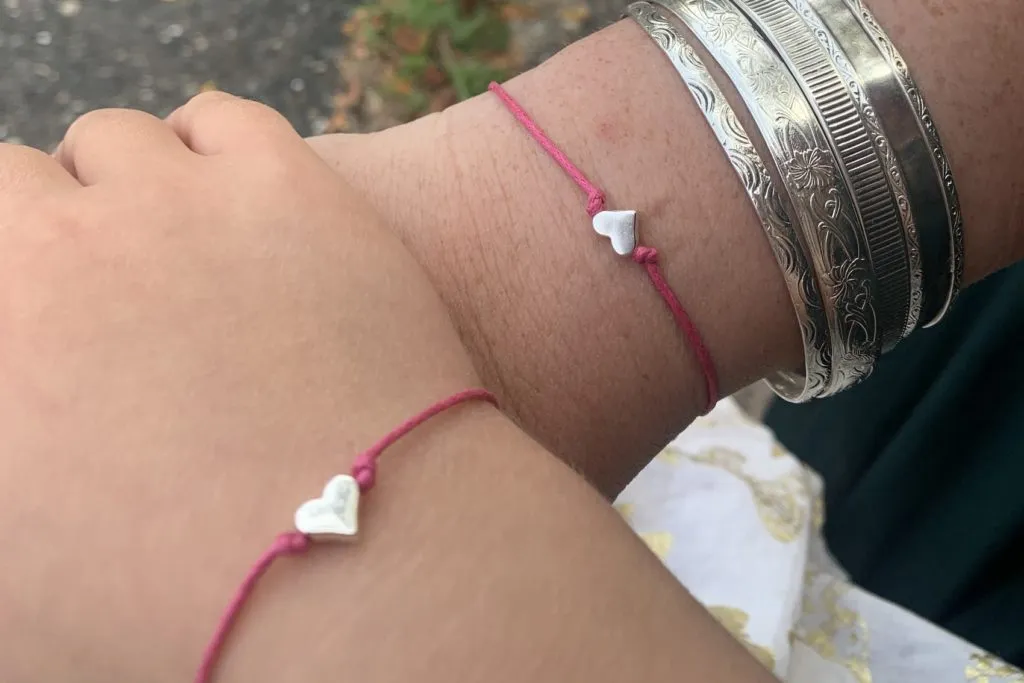Educating the Whole Child: Language Development


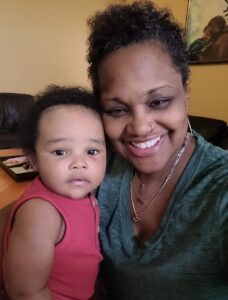
In January of this year, my first grandchild was born. Watching him as he discovers the world around him has quickly become our favorite pastime. To our joy and delight, he recently started recognizing and responding to his name and expressing himself verbally via frequent cooing and babbling. His favorite vocalization seems to be “Ahhh!” It is a soundtrack we could listen to all day. It is also a significant stepping stone in his language development. Language development is an integral part of a child’s growth and serves as a cornerstone for all other learning.
A Whole-Child Approach
A whole-child approach to education recognizes children as unique individuals with diverse needs, interests, and abilities, placing a significant emphasis on fostering responsive adult-child relationships. In a whole-child environment, these relationships become the foundation of learning, as adults provide rich and holistic experiences that encourage growth in all areas of development, including language.
Nurturing a Supportive Learning Environment
A child’s language development blossoms when they feel safe and supported. Creating a positive and welcoming classroom environment helps children develop a sense of trust and belonging. A sense of belonging boosts children’s confidence as they explore and experiment with language. Providing ample opportunities for children to verbally express themselves without fear of judgment builds fluency and helps children become effective communicators throughout their lives.
Language-Rich Interactions and Materials
In a whole-child environment, teachers are role models for open communication and active listening. They engage children in frequent and meaningful conversations. These interactions expose children to a wide range of vocabulary, grammar, and communication styles. By carrying on casual conversations, asking open-ended questions, and providing plenty of time for children to formulate their responses, teachers use language-rich interactions to support children’s language acquisition and comprehension skills.
Play-Based Learning
Through play, children make sense of their world. In spaces where play-based learning is emphasized, children are encouraged to engage in hands-on activities that promote verbal interactions, collaboration, and creativity. Whether it’s building a tower with blocks or setting up a restaurant with dress-up clothes, children develop language and communication skills as they assign roles, negotiate, and solve problems together.
The Gardening Study, the Whole-Child Approach, and Language Development
Studies are a great, whole-child way to support children in applying their language skills as they build content knowledge and find answers to their questions. Let’s look at a possible scenario using the Gardening Study from The Creative Curriculum for Preschool.
As the children walk around the school looking for plants that grow in gardens, their teacher engages them in conversation, pointing out different flowers and plants along their journey. The teacher asks open-ended questions, such as “What colors do you see?” and “How does the flower smell?” These actions encourage the children to express themselves and engage in meaningful conversations.
Because language development does not exist in isolation, the teacher incorporates counting and measurement into their prompts: “Let’s count how many plants we see growing in pots,” and “Can you find a flower taller than your hand?” These math activities help children grasp mathematical concepts while enhancing their vocabulary and language skills.
Through observation and reflection, the teacher gains valuable insights into the children’s unique needs and interests. After exploring the garden, the teacher takes a moment to reflect on their observations. They recognize that some children might be struggling with verbal expression. In response to their observations, they design small-group activities that encourage peer interaction, collaboration, and support. They assist the children in creating nature journals where they can draw pictures of what they observed in the garden and dictate descriptions to their peers or teachers. This activity allows children who need more practice or support with verbal expression to participate actively in the study while building their language skills through nonverbal and verbal expression.
Embracing a whole-child approach is key to fostering language development and empowering children to become confident communicators. By cultivating a supportive, language-rich, play-based learning environment, adults lay the groundwork for a lifelong love of learning and language. I am excited to help lay this foundation for my grandson.
For more ideas, teachers can explore The Creative Curriculum for Preschool, Volume 4: Language & Literacy.
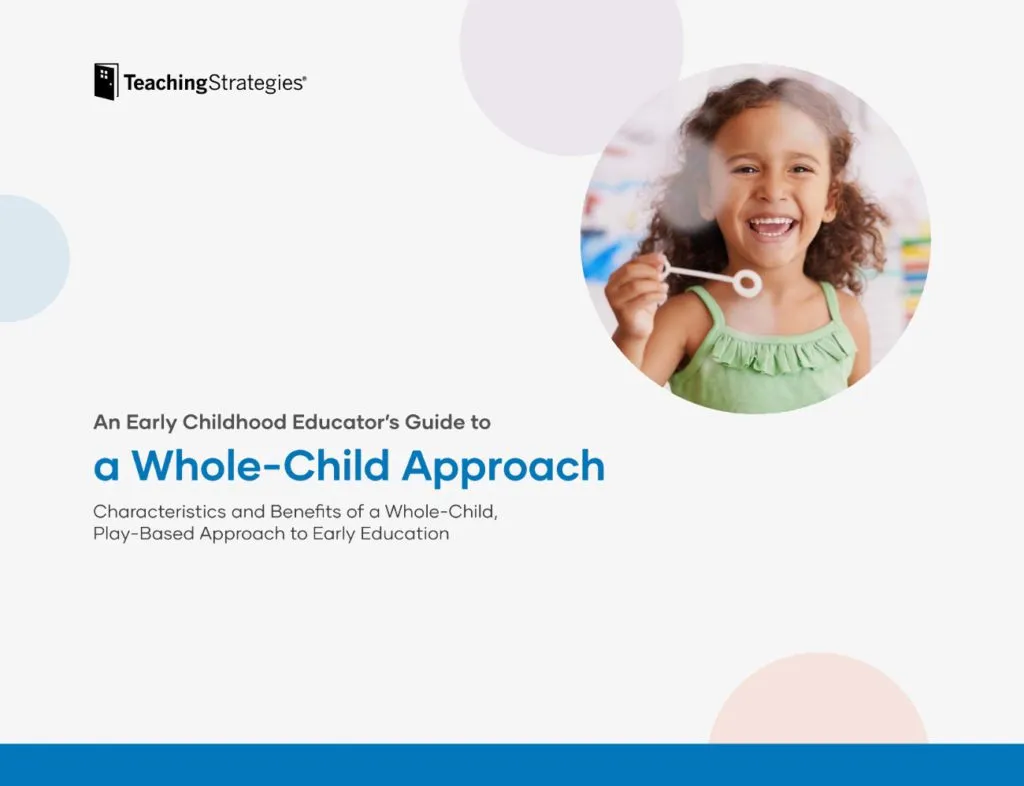
An Early Childhood Educator’s Guide to a Whole-Child Approach
For everything you need to know about the whole-child approach, download our free eBook today.
